Money Market Funds Investment Inflows and the Impact of Trump's Trade War
In the week ending April 2, global money market funds experienced a significant influx of capital as investors adopted a more cautious stance in response to the aggressive trade policies implemented by former U.S. President Donald Trump. These new mutual tariffs imposed on key trading partners have stoked fears of a global economic slowdown and prompted many analysts to revise their economic forecasts toward a less optimistic outlook. Money market funds, long considered a "safe haven" during turbulent economic periods, enjoyed approximately USD 30.26 billion in new funds during this period, highlighting a marked shift in allocation strategies amid growing market uncertainty.
Global Financial Trends and Cash Flow Dynamics
Money market funds have traditionally offered investors a stable and secure avenue for capital preservation, especially when economic prospects dim. Investors are increasingly shifting their focus from high-risk, volatile assets to instruments that prioritize liquidity and capital preservation, a trend that has been reinforced by the new trade policies coming out of the United States. With the imposition of large-scale mutual tariffs as part of a trade war, concerns over a decelerating global economy have escalated, driving substantial inflows into these funds. This movement underscores a broader transition among market participants who are now favoring a conservative approach in managing their portfolios.
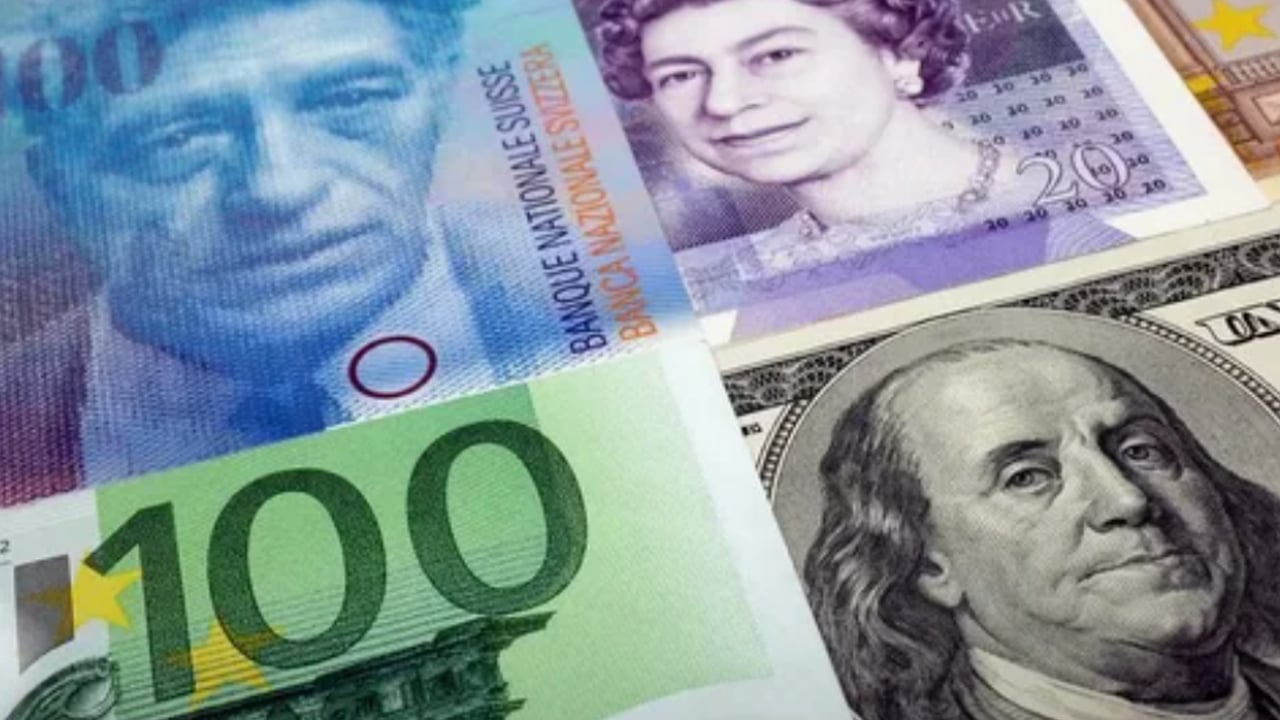
Shifts in the Investment Climate
The introduction of mutual tariffs by the Trump administration has tightened trade relations between major economies, directly impacting the flow of capital across financial instruments. Investors, wary of the increased market volatility, have found money market funds an ideal destination to safeguard their assets. Ongoing trade tensions and persistent uncertainty have led to several key shifts in market sentiment and investment strategies, as analytic reviews indicate a gradual but noticeable pivot from high-yield instruments towards those offering greater liquidity and stability.
Indicators of a Changing Financial Landscape
1. An unprecedented surge in capital inflows – money market funds recorded inflows exceeding USD 30 billion.
2. Heightened market volatility – the new set of mutual tariffs has significantly disrupted global trading dynamics.
3. Revised economic forecasts – emerging pessimistic economic scenarios have forced analysts to reassess growth projections.
4. Renewed interest in safe havens – the current environment has re-established money market funds as a prime vehicle for capital preservation.
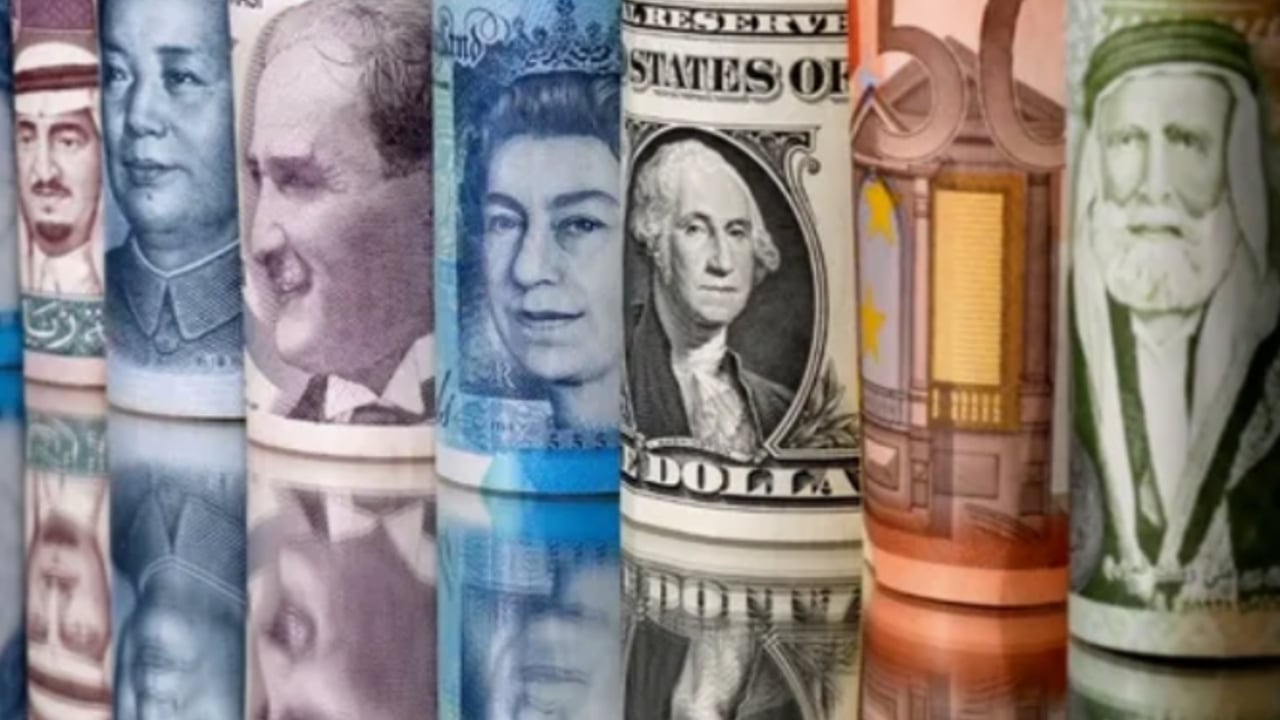
Evolving Strategies in Portfolio Allocation
In response to the aggressive protectionist measures introduced by the U.S., investors are consciously steering toward more diversified and secure portfolios. This strategic shift is driven by the need to minimize exposure to sudden economic fluctuations and to maintain adequate liquidity. Recent trends showcase a proactive move toward reducing risk, as evidenced by the increased allocation in money market funds.
- Redirecting capital towards instruments that guarantee high liquidity.
- Enhancing portfolios with assets known for their stability, thus reducing exposure to unpredictable market shifts.
- Reassessing inherent risks in international trade and adjusting asset allocation accordingly.
- Exploring alternative investment avenues that simultaneously mitigate risk and protect capital over the longer term.
Economic Analysis and Forecasts
The recent surge in inflows into money market funds is a clear signal that investors are prioritizing capital safety in light of uncertain global economic conditions. The aggressive imposition of mutual tariffs has not only destabilized international trade relations but has also amplified concerns over a potential slowdown in economic growth. This has led to a broader re-evaluation of traditional investment strategies, with many experts predicting that the current trend toward conservative asset allocation may well persist if geopolitical tensions continue to mount.







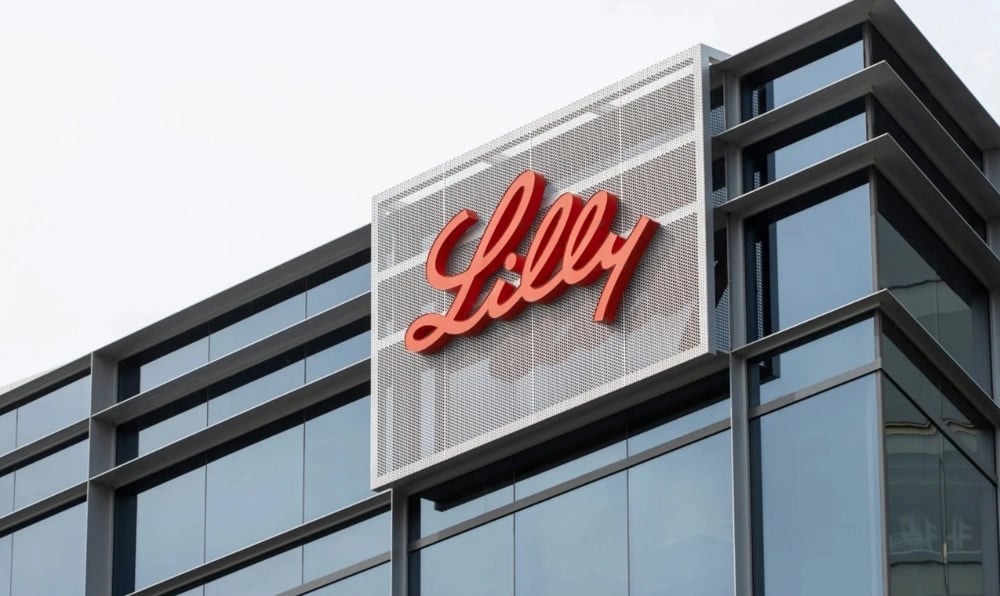
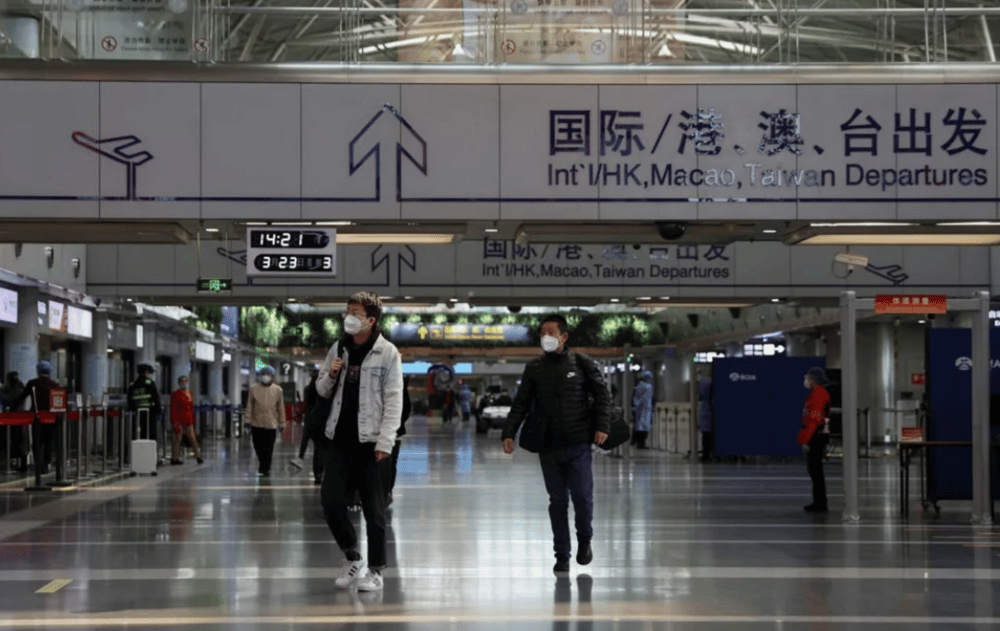
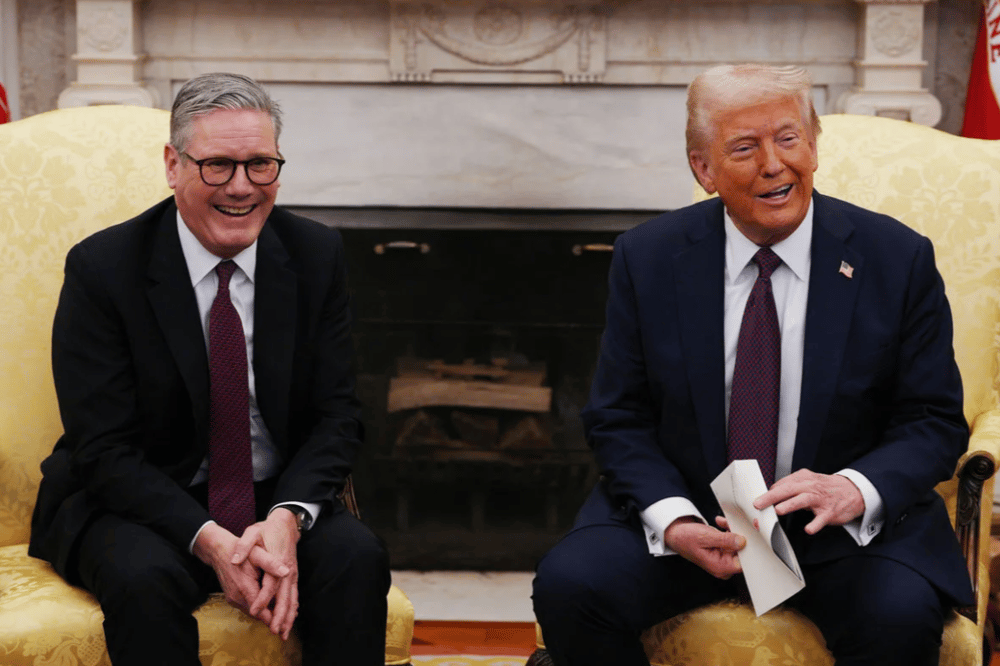
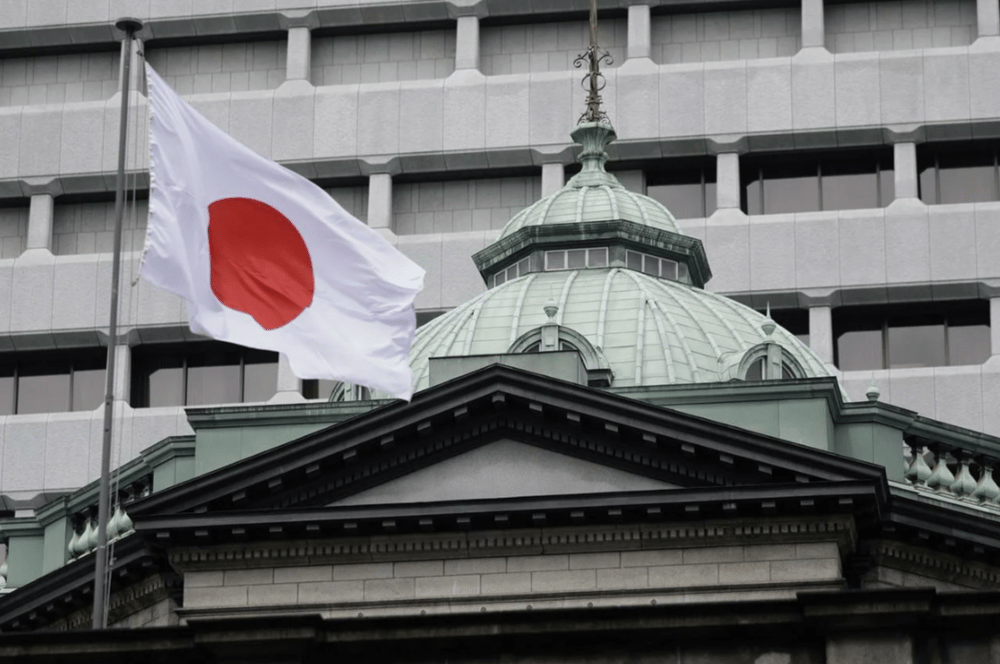






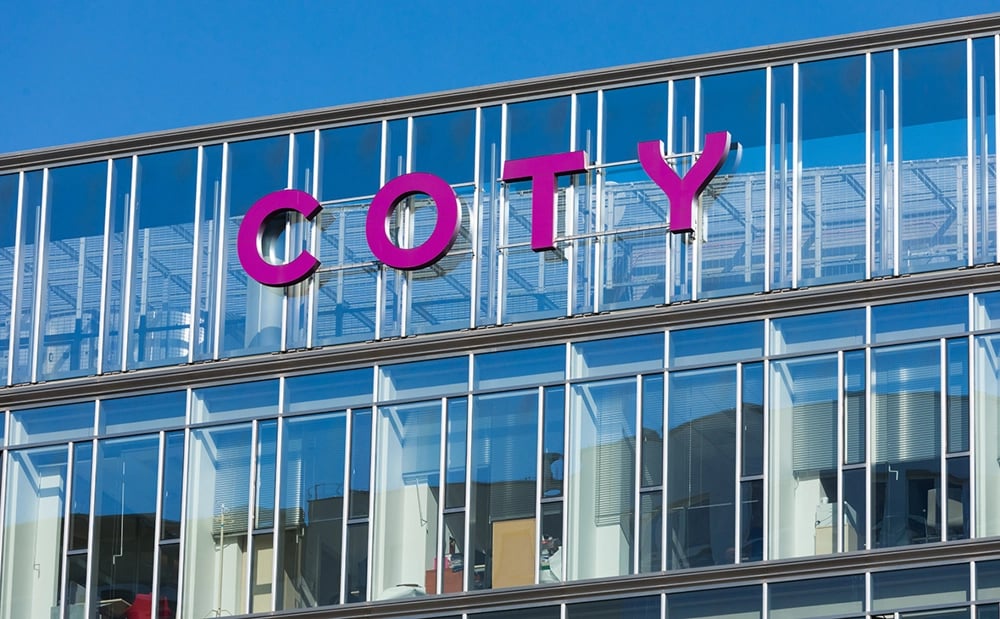
Comments